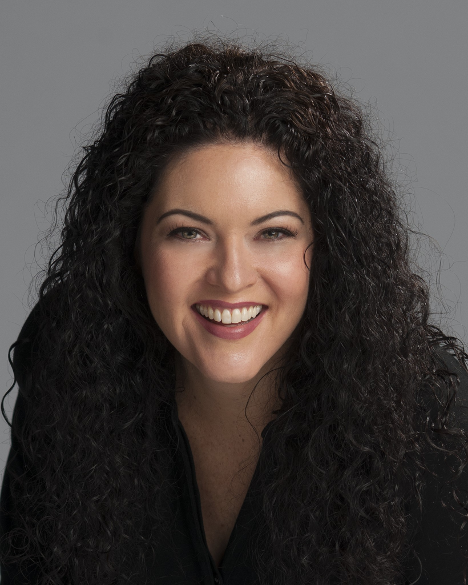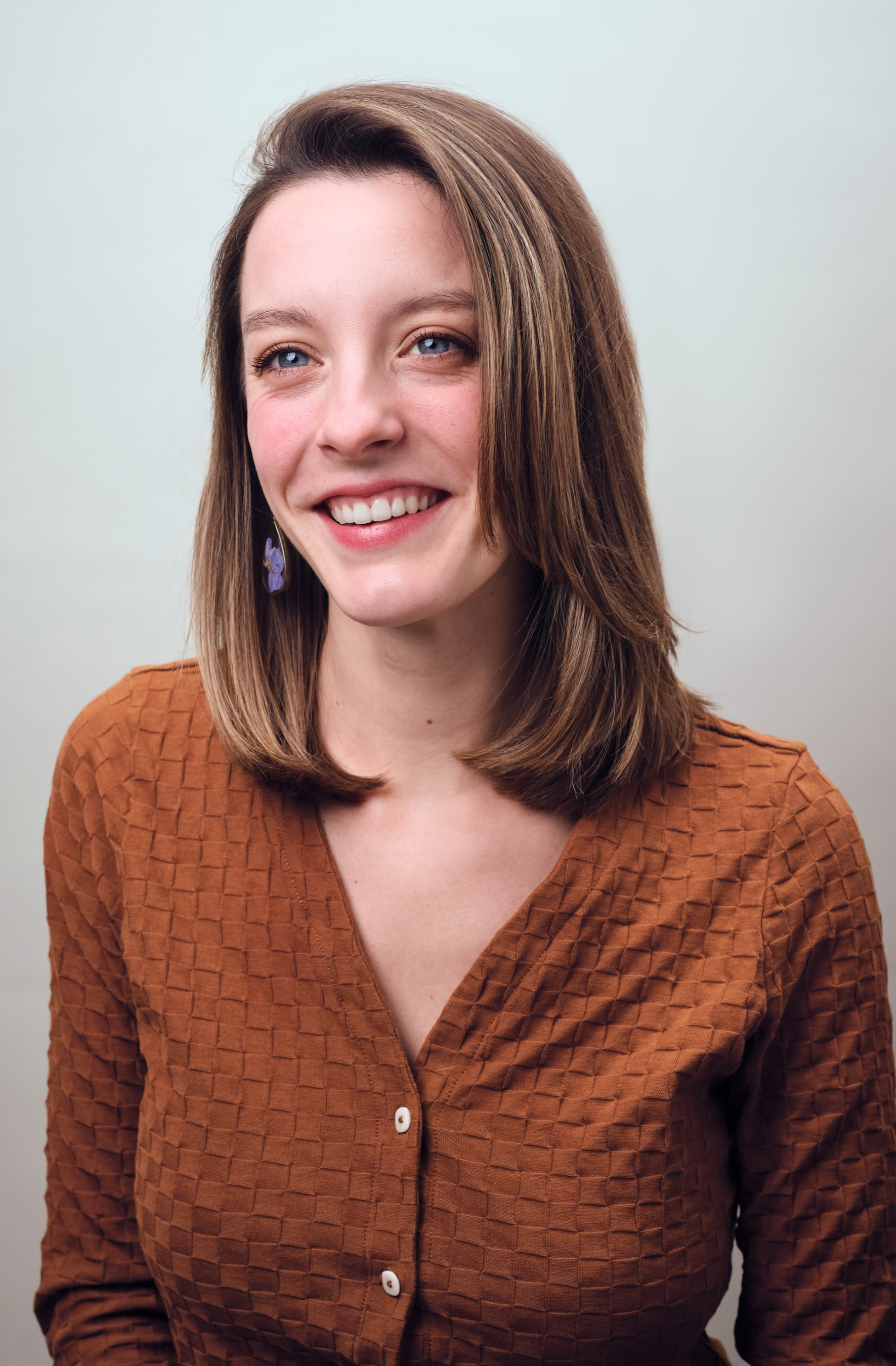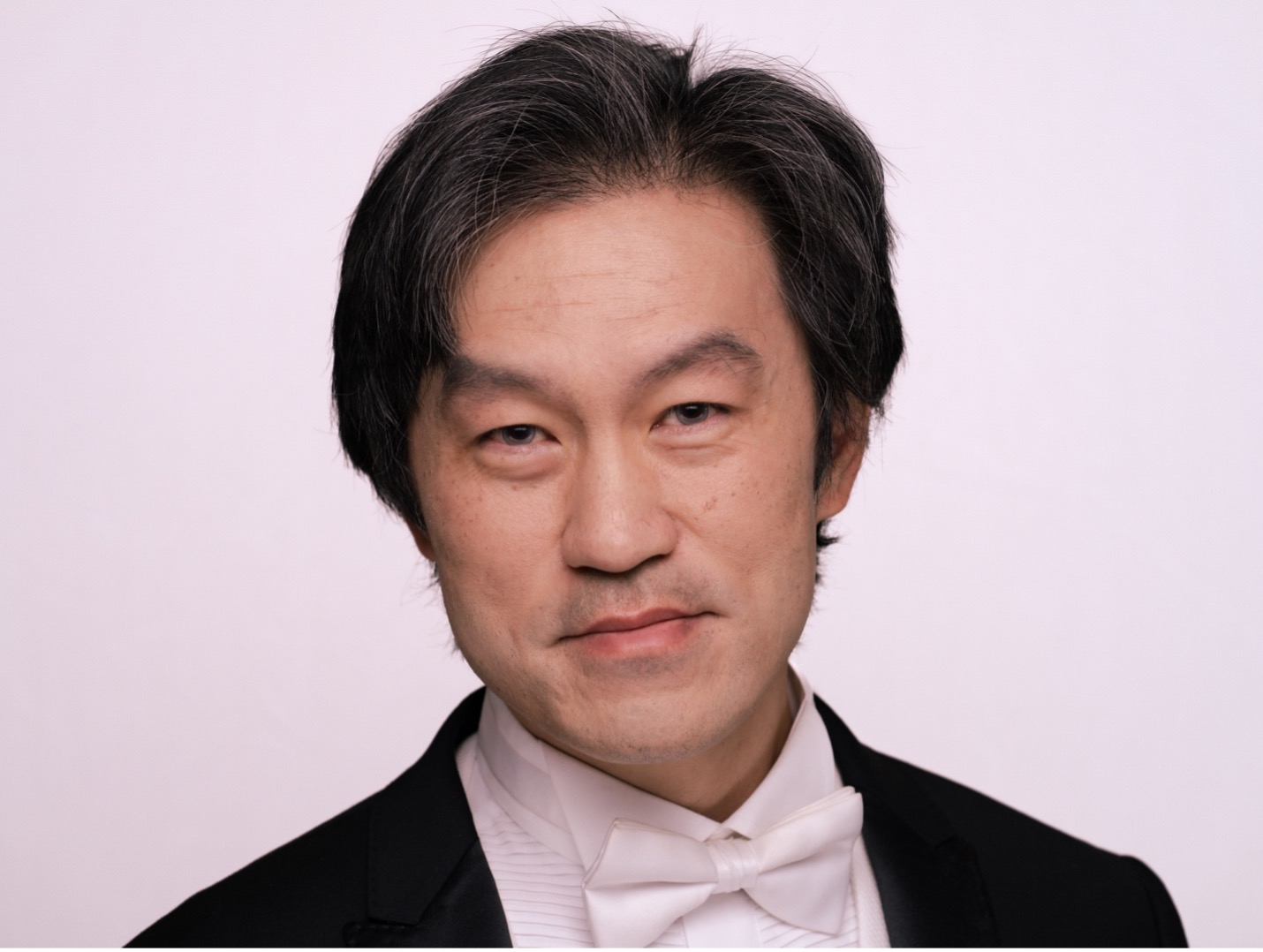April 19, 2024
7:00 p.m.
Symphony no. 2 “Resurrection”
Gustav Mahler (1860 – 1911)
I. Allegro maestoso
II. Andante moderato
III. In ruhig fliessender Bewegung (With quietly flowing movement)
IV. “Urlicht” (Primal light)
Translation:
|
Original German: |
English Translation: |
|
O Röschen roth! |
O little red rose! |
V. Im Tempo des Scherzos (In the tempo of the scherzo)
Translation:
|
Original German: |
English Translation: |
|
Aufersteh’n, ja aufersteh’n wirst du, |
Arise, yes, you will arise from the dead, |
Gustav Mahler was born in Austria-Bohemia in 1860 to parents of Jewish descent. His musical skills were evident at a young age, and despite his humble upbringing, his parents supported him in his pursuit as a musician. He attended the Conservatory in Vienna starting at the age of fifteen, where he first gained acclaim as a pianist and percussionist, and eventually as a conductor. With a robust conducting schedule, composing was primarily reserved for his spare time. He completed his first symphony in 1888 which premiered in 1889. Even though he was discouraged by its poor reception, Mahler did not give up his hobby of composing. Following a positive reception to the 1895 premiere of his second symphony, Mahler’s assistant, Bruno Walter, believed that "one may date [Mahler's] rise to fame as a composer from that day.”
Most of Mahler’s early compositions are considered narrative and poetic, as if resembling
a short story. His second symphony, also known as the Resurrection Symphony, is a
perfect example of this:
The first movement was composed in 1888, originally entitled Totenfeier (Funeral Rites).
In his 1901 program notes, Mahler describes the scene of the first movement as if
we, the listeners, are standing near the grave of a man we loved well. As we stand
there in mourning, we ponder his life, both struggles and accomplishments, and begin
to wonder solemnly “what is next?” Our minds are riddled with questions such as “What
is life and what is death? Is it all an empty dream, or does life and death have a
meaning?” This movement not only asks these questions, but demands an answer.
The next three movements serve as an intermezzo. The second movement allows the departed to reflect on his life further with “sad recollection of his youth and lost innocence.” In the third movement, he is consumed with denial. Realizing that he was consumed by the business and mundane trivialities of life, he is disgusted and cries out in despair. In the fourth movement, he hears a voice of the faithful, reminding him that as he came from God, so shall he return.
The fifth and final movement returns to the question initially posed and provides
an answer. Throughout this movement, Mahler paints that “the end of every living thing
has come, the last judgment is at hand and the horror of the day of days has come
upon us.” All graves burst open and the deceased wail while “trumpets of the Apocalypse
ring out.” This dreadful moment is broken by a chorus of heavenly hosts singing “rise
again, yes, rise again thou wilt!” All consuming love and joy and a resounding chorus
giving glory to God permeates the scene comfort and peace fills the souls of both
the living and the formerly dead.
Notes prepared by Hannah Boyack
Cheung Chau
director and conductor
|
1st violin Dr. Blanka Bednarz^ 2nd violin Brain Rowe viola Elsa Saunders
Mat Stokes* Clyde Ellis Brooklyn Staker Sara Evans* McKinley Lucas+ Allison Taylor & Jon Kahananui& Robert Christensen& cello Jacob Egbert Bass AJ Peery flute |
oboe Emily Adams
|
Dr. Reed Criddle
conductor
|
Tenor 1 Kegan Bjornn
Tenor 2 Ryan Call * + Assistant Conductor |
Baritone Benjamin Brown Bass 2 Joseph Blomberg |
Dr. Reed Criddle
conductor
|
Soprano 1 Megan Benson Soprano 2 Katherine Cox alto 1 Marlie Krogh alto 2 Hannah Boyack + Assistant conductor |
Tenor 1 Jordan Conover + Tenor 2 Logan Bishop bass 1 Ryan Call bass 2 Braden Johnson * |
Dr. Andrew Briggs
conductor
|
Soprano 1 Soprano 2 Alto 1 Alto 2 |
Tenor 1 Tenor 2 Bass 1 Bass 2 *section leader |
Alison Unsworth
Artistic director++
|
Soprano 1 Amanda Anderson Soprano 2 Mary Gurr alto 1 Beryl Clayton alto 2 Barbara Acheson |
Tenor 1 Rob Bailey Tenor 2 Barton Busath bass 1 Todd Carpenter bass 2 Cael Crosby + Assistant conductor |
Heather Christiansen
conductor
|
Soprano 1 Amy Bladh Soprano 2 Emily Marshall *+ alto 1 Amanda Hughes alto 2 Amber Cook |
Tenor 1 John Wilson Tenor 2 Andre Taylor Baritone Ed Greene bass 1 Brett Casper
+ Assistant conductor |
Heather Christiansen
conductor
|
Soprano Janet Bradford alto 1 Patty Adams |
Tenor Brian Colton bass 1 Jim Adams |



Cheung Chau is Director of Orchestras at Utah Valley University, Music Director of Sinfonietta Polonia in Poznań, Poland, Principal Guest Conductor of the Changsha Symphony in China, and Music Director of the Utah Valley Youth Symphony. He was Music Director of the Bloomington Symphony, principal guest conductor of the Lublin Philharmonic Orchestra in Poland, and director of orchestras at Haverford College and University of Connecticut.
A 3rd place winner in the Professional Orchestra Division in the American Prize in Conducting in 2023, Chau is a National Arts Associate in Conducting with Sigma Alpha Iota. In 2017, his world premiere recording of Snow Queen with Sinfonietta Polonia with leading Polish label Acte Prealable received a Global Music Awards Silver Medal. He was assistant conductor of the Hong Hong Philharmonic under Edo de Waart, and guest conducted among others, the Seattle Symphony, Utah Chamber Orchestra, Moscow Philharmonic, China National Symphony, Royal Stockholm Philharmonic Orchestra, and the Nordhausen Philharmonic.

Utah Valley University acknowledges that we gather on land sacred to all Indigenous people who came before us in this vast crossroads region. The University is committed to working in partnership—as enacted through education and community activities—with Utah’s Native Nations comprising: the San Juan Southern Paiute, Paiute Indian Tribe of Utah, Uintah & Ouray Reservation of the Northern Ute, Skull Valley Goshute, Confederated Tribes of the Goshute Reservation, Northwestern Band of Shoshone Nation, Hopi Tribe, Navajo Nation, Ute Mountain Ute-White Mesa Community, and urban Indian communities. We recognize these Native Nations and their continued connections with traditional homelands, mountains, rivers, and lakes as well as their sovereign relationships with state and federal governments. We honor their collective memory and continued physical and spiritual presence. We revere their resilience and example in preserving their connections to the Creator and to all their relations, now and in the future.
With this statement comes responsibility and accountability. We resolve to follow
up with actionable items to make the School of the Arts at UVU and The Noorda Center
for the Performing Arts an inclusive, equitable, and just space for all. There is
much work to be done, and we are committed to putting these words into practice.
Artwork by Shane Walking Eagle (Sisseton Dakota).


Our mission is to produce and present artistic excellence, which would not be possible without the generous support of our sponsors. We thank them and express our deep gratitude to all patrons, supporters, and friends of The Noorda.
The arts possess the unparalleled power to inspire, educate, liberate, and transform. They elevate moments, mark milestones, soften edges, and generate profound meaning. Experience the beauty and wonder of the arts with us this season at The Noorda and begin at once to live!
Courtney R. Davis, J.D., M.A.
Dean, School of the Arts

Department Chair
JEFFREY O'FLYNN
Administrative Assistant
CHRIS GINES
Chamber Choir/Deep Green
REED CRIDDLE
Emerald Singers
CHERILYN WORTHEN
Concert Choir
DEMAREE BROWN
Opera Coordinator
ISAAC HURTADO
Voice Coordinator
MELISSA HEATH
Private Voice Instructors
AUBREY ADAMS-MACMILLAN
CECILY BILLS
ADRIENNE BRAUN
DEMAREE BROWN
ANTHONY BUCK
REED CRIDDLE
MELISSA HEATH
CHRISTOPHER HOLMES
ISAAC HURTADO
CONSTANCE JENSEN
SERENA KANIG BENISH
EMILY MERRELL
JOSEPH MOORE